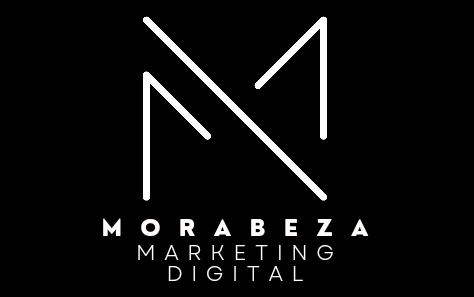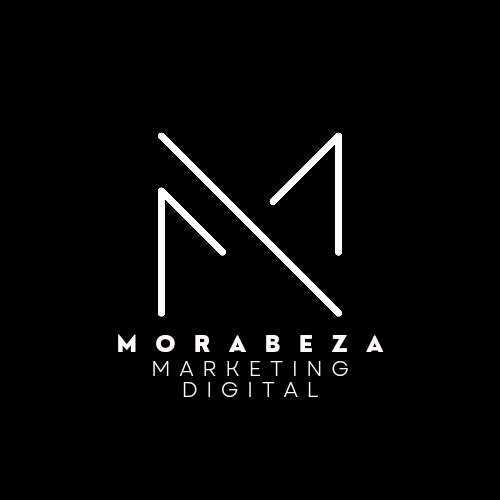


digital marketing in 2024 is revolutionising companies with cutting-edge AI strategiesdeep insights from first-party datahighly personalised campaigns, optimisation for voice search, seamless integration of augmented reality, meticulous measurement of attention metrics and promoting involvement through user-generated content.
AI tools such as ChatGPT are boosting efficiency and creativity, while personalised campaigns are improving customer interactions. Voice search and augmented reality are raising brand visibility and engaging consumers online.
By analysing attention metrics, companies can adjust their strategies to achieve maximum engagement, while user-generated content continues to drive impactful conversions. This dynamic digital marketing landscape offers companies inventive ways to connect with their audiences, refine their approaches and thrive in a competitive market environment.
Contents
AI-driven marketing strategies are truly revolutionising businesses in 2024, completely transforming the way content is created and increasing overall marketing efficiency. By harnessing the power of AI technologies such as advanced Generative AI such as ChatGPT, Dall-E and Midjourney, marketing professionals are experiencing a new level of consumer involvement.
These AI tools automate tasks, predict consumer behaviour and help with decision-making, enabling marketers to adjust their strategies with precision. Thanks to AI, companies can now produce high-quality content at lightning speedby creating marketing materials that really resonate with your target audience.
The field of video marketing is also thriving with AI, as tools such as Synthesia and D-ID enable the creation of captivating video content that captures consumers' attention in an instant. The impact of AI on modern marketing strategies is undeniably revolutionary.
So let's talk about how companies these days are focused on establishing a close and personal relationship with their customers. This is where first-party data.
It's like a gold mine of information gathered directly from the customer interactions - think about website visits, demographic data and previous purchases. This data gives companies an insight into customer behaviour and preferences, helping them to adapt their marketing strategies agreed.
Unlike third-party data, first-party data is the real deal - reliable and trustworthy. By using this valuable information, companies can create superb marketing campaigns. personalised that hit the target in terms of segmentation accuracy.
It's not just about increasing involvement; it's about training strong ties with customers by truly understanding what motivates them.
In short, first-party data is the secret that helps companies offer high-quality and relevant marketing strategies.
Companies are diving into campaigns hyper-personalised, using the data from first part and zero partrevolutionising your targeted advertising strategies. Utilising advanced analyses and AIbrands can now create personalised messages that really connect with customers on a deeper level. This personalised approach not only increases engagement, but also nurtures customer loyalty within the digital marketing framework.
Success stories like the Reminder adverts Instagram and Metas Threads show the power of hyper-personalisation to capture consumers' attention. In addition, tools such as localisation targeting Locala and WeatherAds exemplify the industry's shift towards more individualised and relevant advertising tactics.
Adopting hyper-personalised campaigns allows companies to establish genuine connections with their target audience, resulting in stronger relationships and greater brand loyalty.
Optimisation for voice search is a crucial element in modern SEO strategies, keeping companies in tune with consumers' ever-changing search habits. Up to 2024It is estimated that around half of all searches will be done by voice, emphasising the importance of integrating the optimisation for voice search in the SEO plans.
With the expected increase in the ownership of intelligent assistants to 55% of homes by 2024, optimisation for voice search is a determining factor. The rate of daily interaction with voice-enabled devices is high among 25-49 year olds, reaching 65%, showing a significant change in the way people search for information.
Prioritising voice search optimisation allows companies to take advantage of emerging trends such as the booming voice search sector. voice shoppingwhich is expected to reach $40 billion in sales by 2022. Increasing online visibility through SEO voice search helps brands adapt to changing consumer behaviour and remain competitive in the digital world.
Integrating augmented reality into your digital marketing strategy can truly elevate customer experiences by adding interactive elements that increase engagement and promote brand loyalty. Companies that adopt augmented reality generally see a substantial 20% increase in customer engagement and loyalty.
By enabling virtual product testing through AR technology, conversion rates can skyrocket up to 30%. In addition, incorporating enhanced storytelling techniques into AR experiences can increase the memorability of content by 25%.
Marketing initiatives that take advantage of augmented reality often experience a remarkable 15% increase in online sales, underlining the impact of AR on consumer interest and purchasing decisions. In essence, the integration of augmented reality opens up a whole new world of marketing possibilities, enabling immersive and unforgettable interactions with your audience.
Measure the attention metrics is crucial for evaluating the effectiveness of digital marketing campaigns. A visualisation rate, o ad viewing time and APM are key indicators for understanding the user interaction with the content.
The viewing rate shows the percentage of viewers who watch a full advert, while the ad viewing time measures the period of active engagement. APM, or average minutes per page, provides valuable information on user engagement.
By analysing these metrics, marketers can adjust their campaigns to improve the audience involvement and accurately evaluate the impact. Adapting strategies based on attention metrics can result in greater user involvement and superior results.
Understanding the duration of user interaction with adverts and content allows marketers to create more engaging campaigns that resonate with their target audience.
User-generated content is key for companies looking to increase engagement and boost conversions in their digital marketing strategies. Research indicates that user-generated content can exponentially increase engagement on social media platforms by up to 28% and result in an impressive 50% increase in conversion rates.
In addition, it has been proven that user-generated content can extend the time consumers spend on websites by 90%. This form of content is particularly impactful, as an astonishing 86% of consumers trust it more than branded content.
Compared to traditional marketing tactics, user-generated content also demonstrates a higher 4.5% conversion rate. By effectively incorporating user-generated content, companies can significantly improve their online presence, establish consumer trust and ultimately achieve superior results in their digital marketing initiatives.
